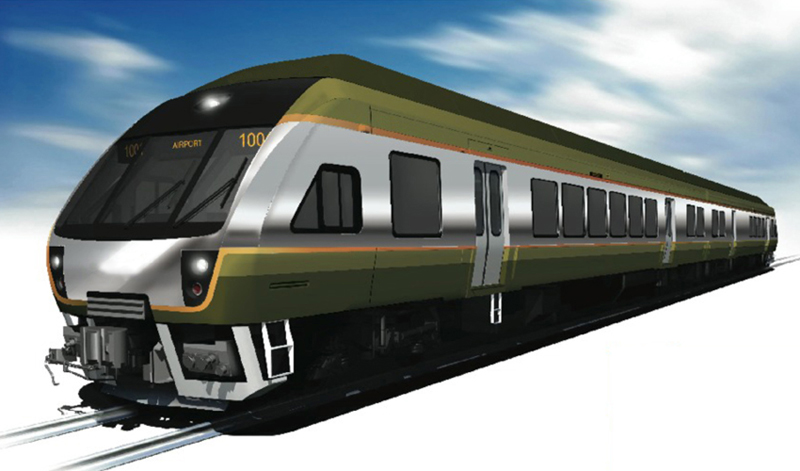EastYorkTTCFan
Senior Member
And it's been said that they aren't going to be converted because it's too expensive to do it and it would be cheaper to buy new ones at this point instead.There will be EMUs almost right off the bat... the Nippon Sharyos have electric motors and were designed for easy conversion.





